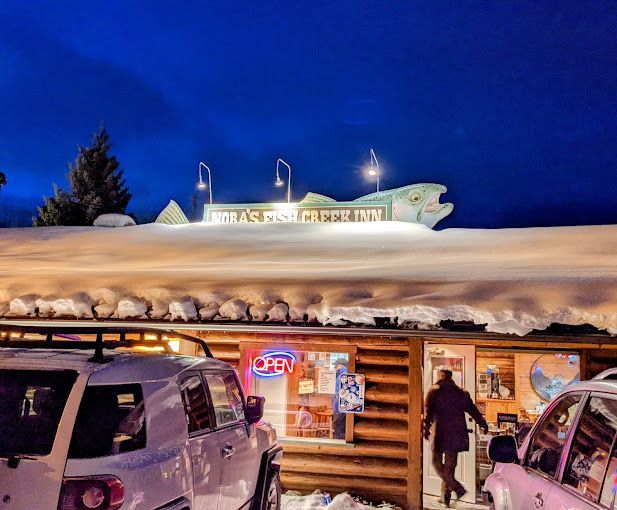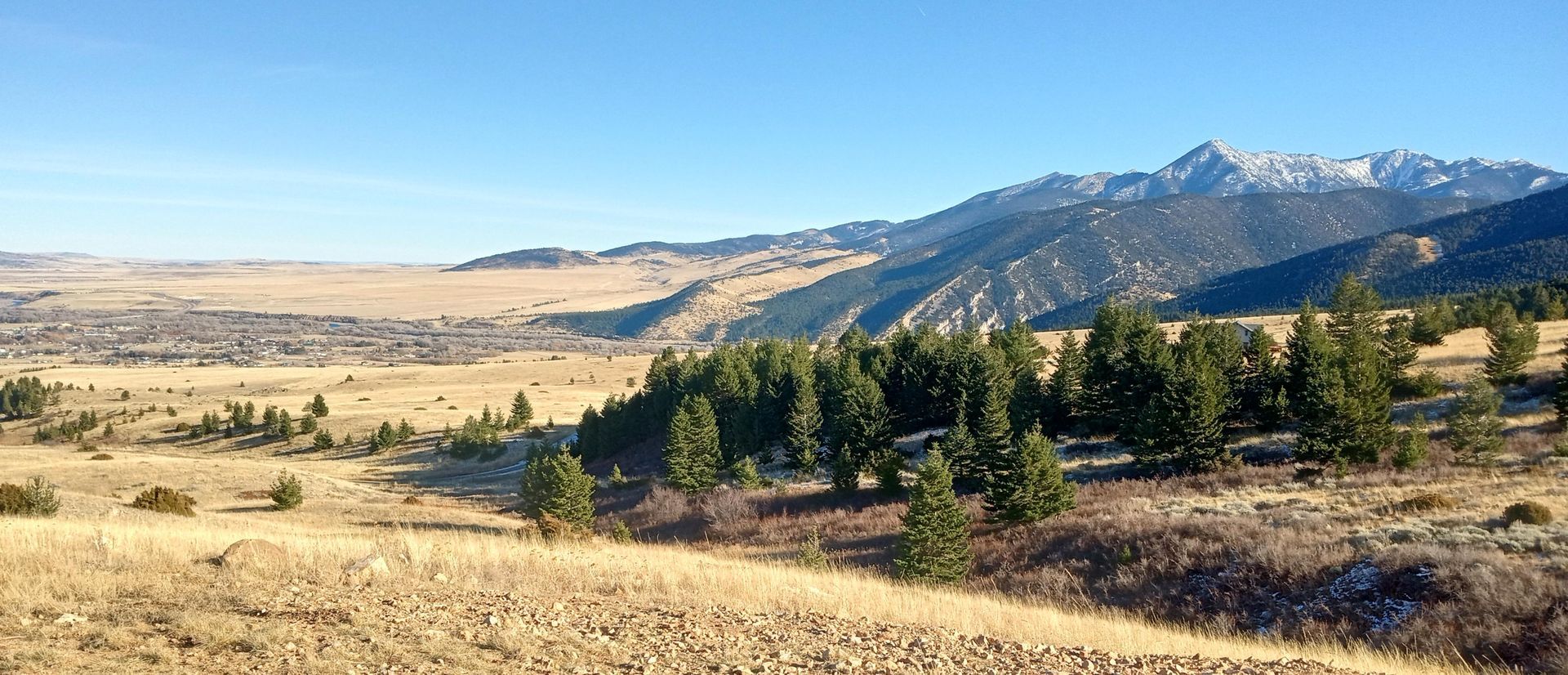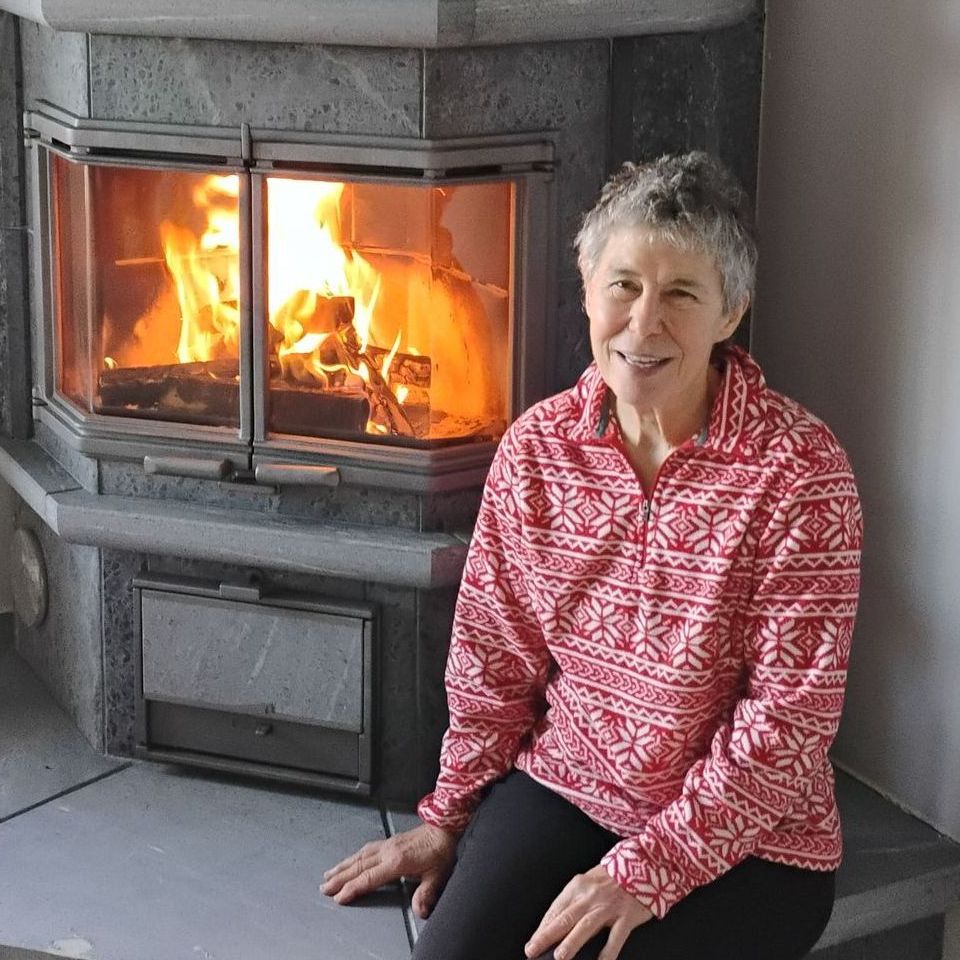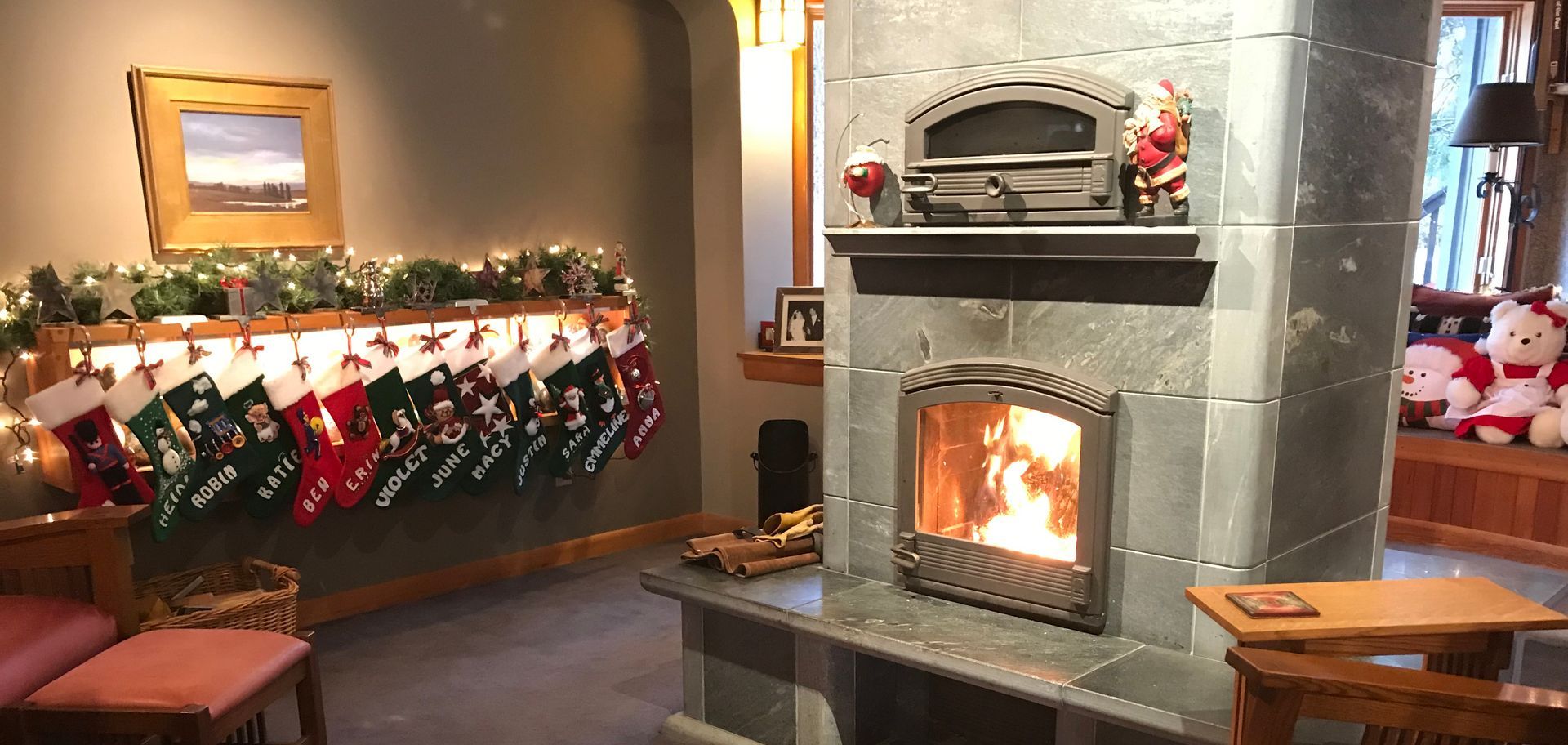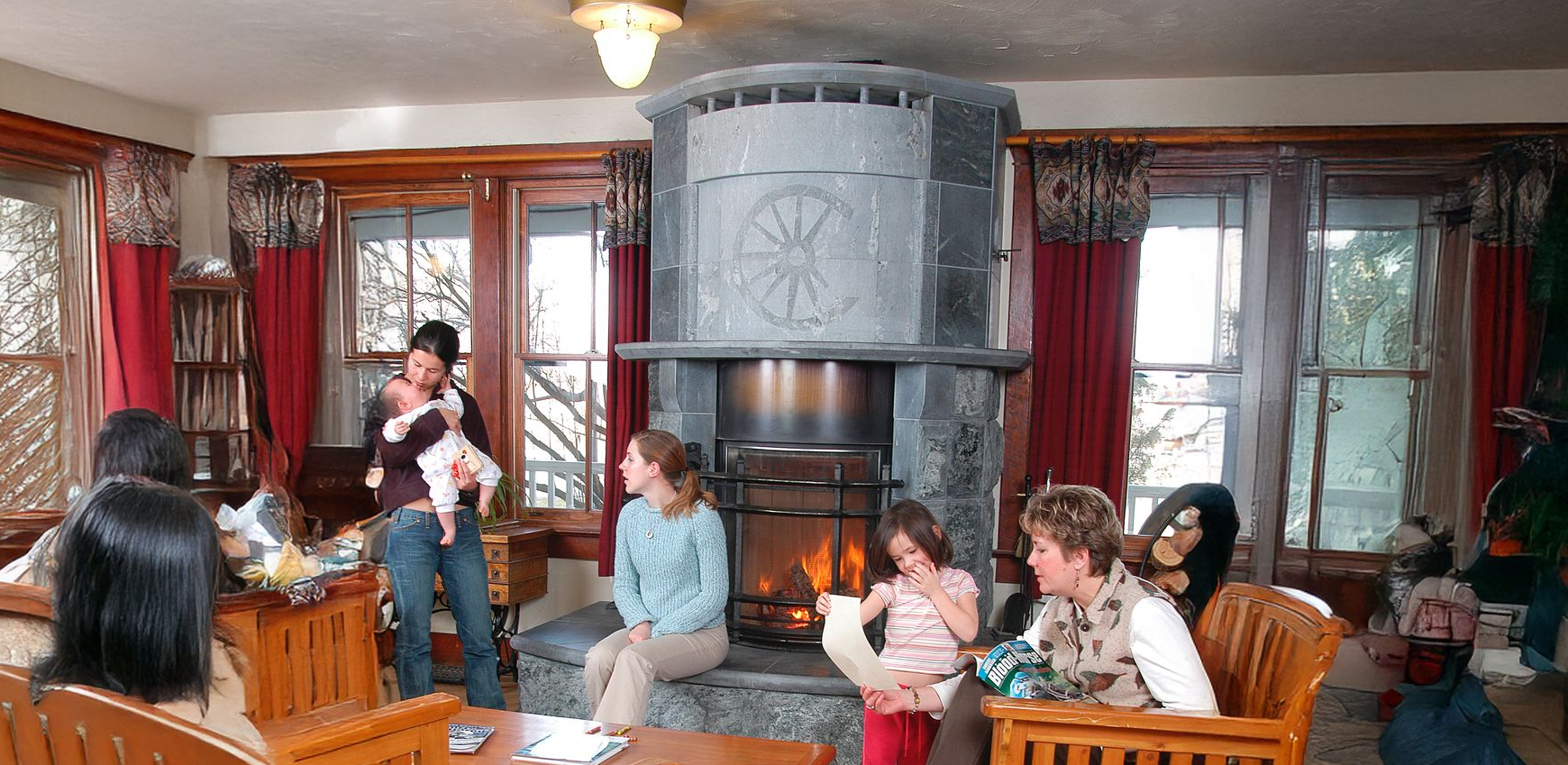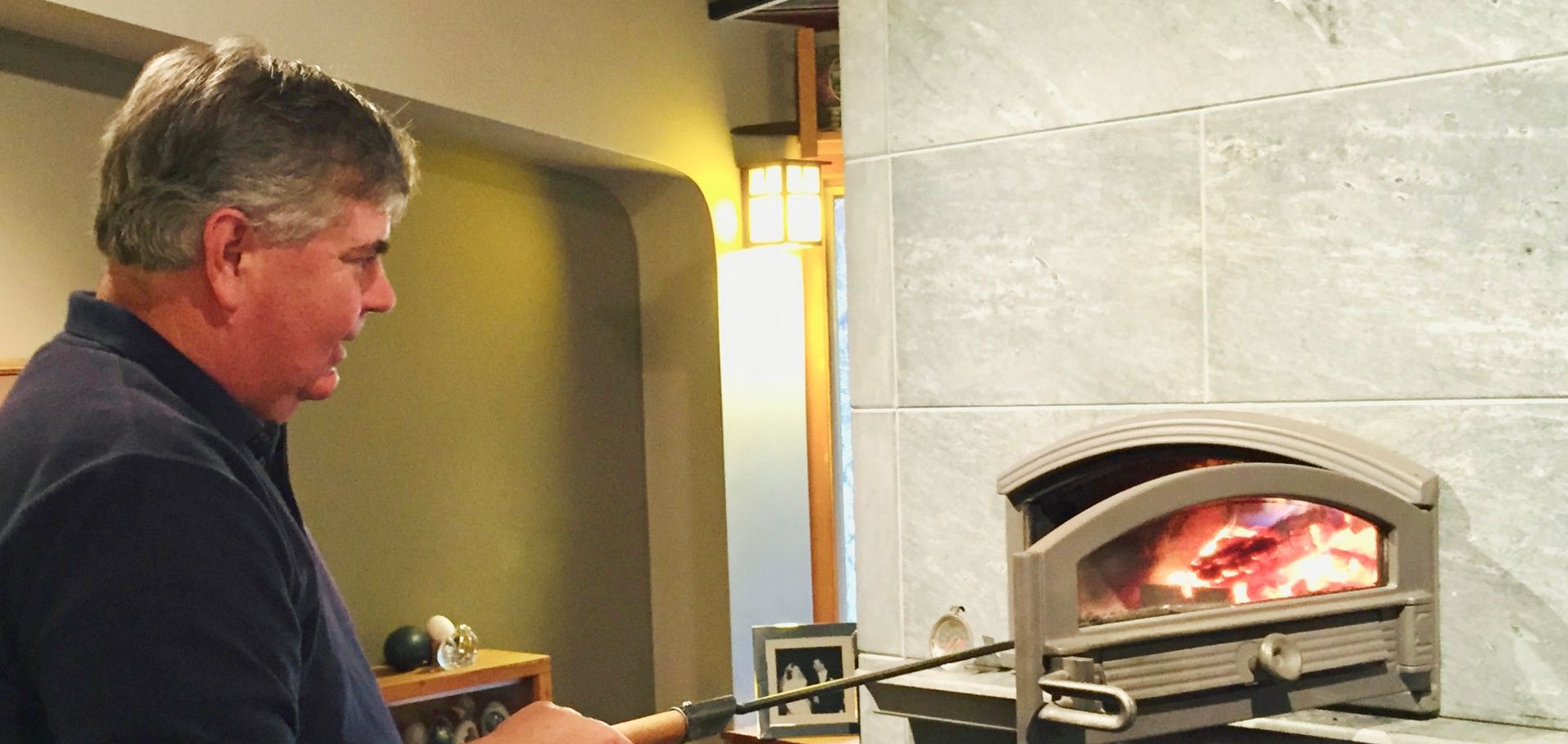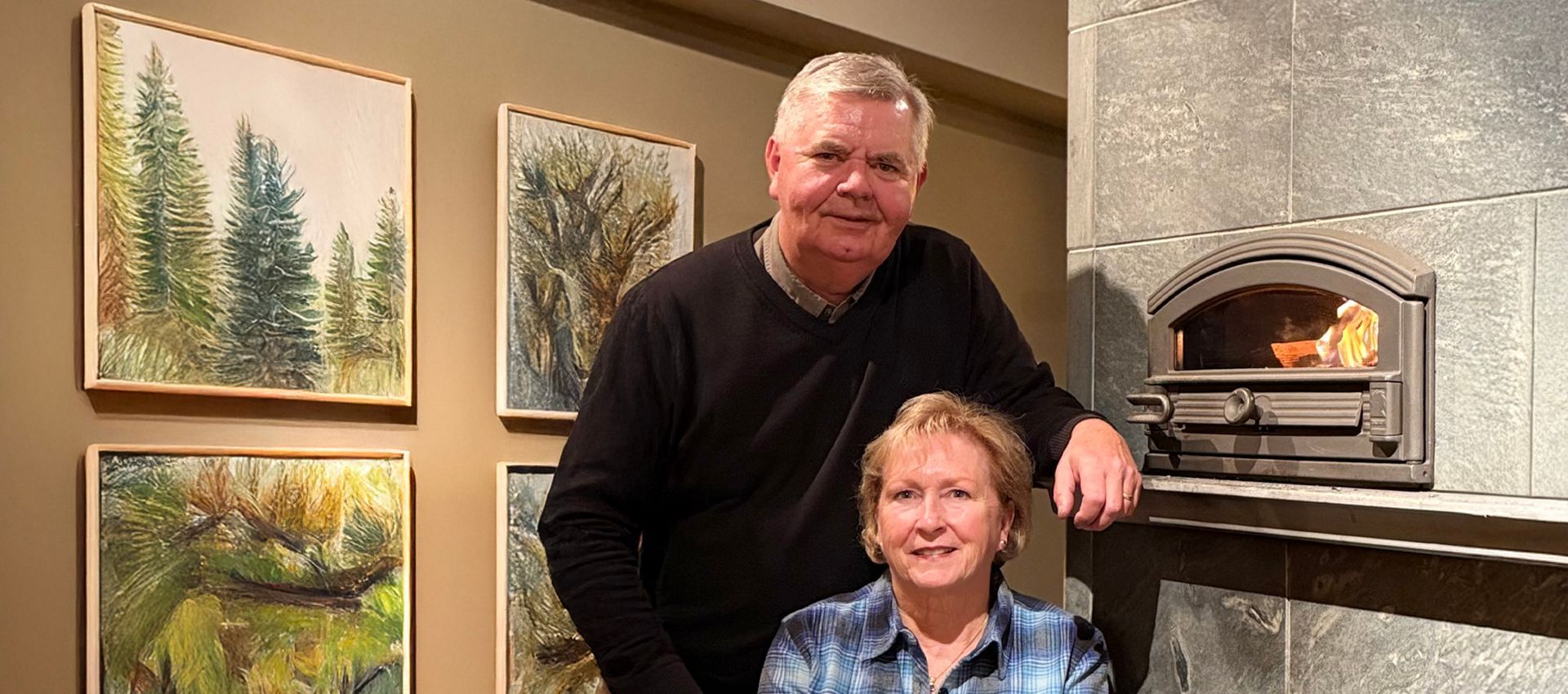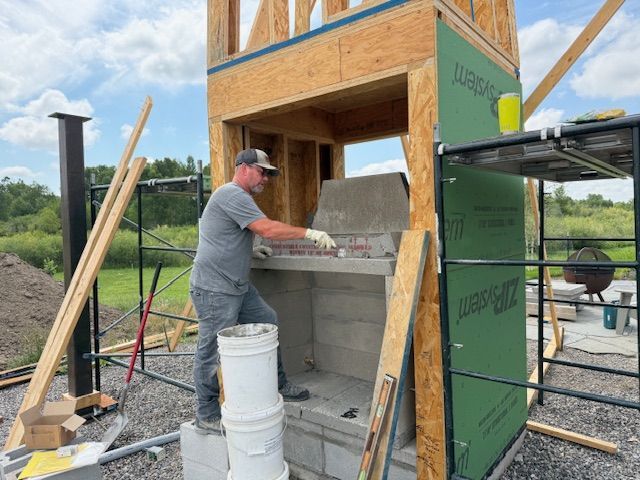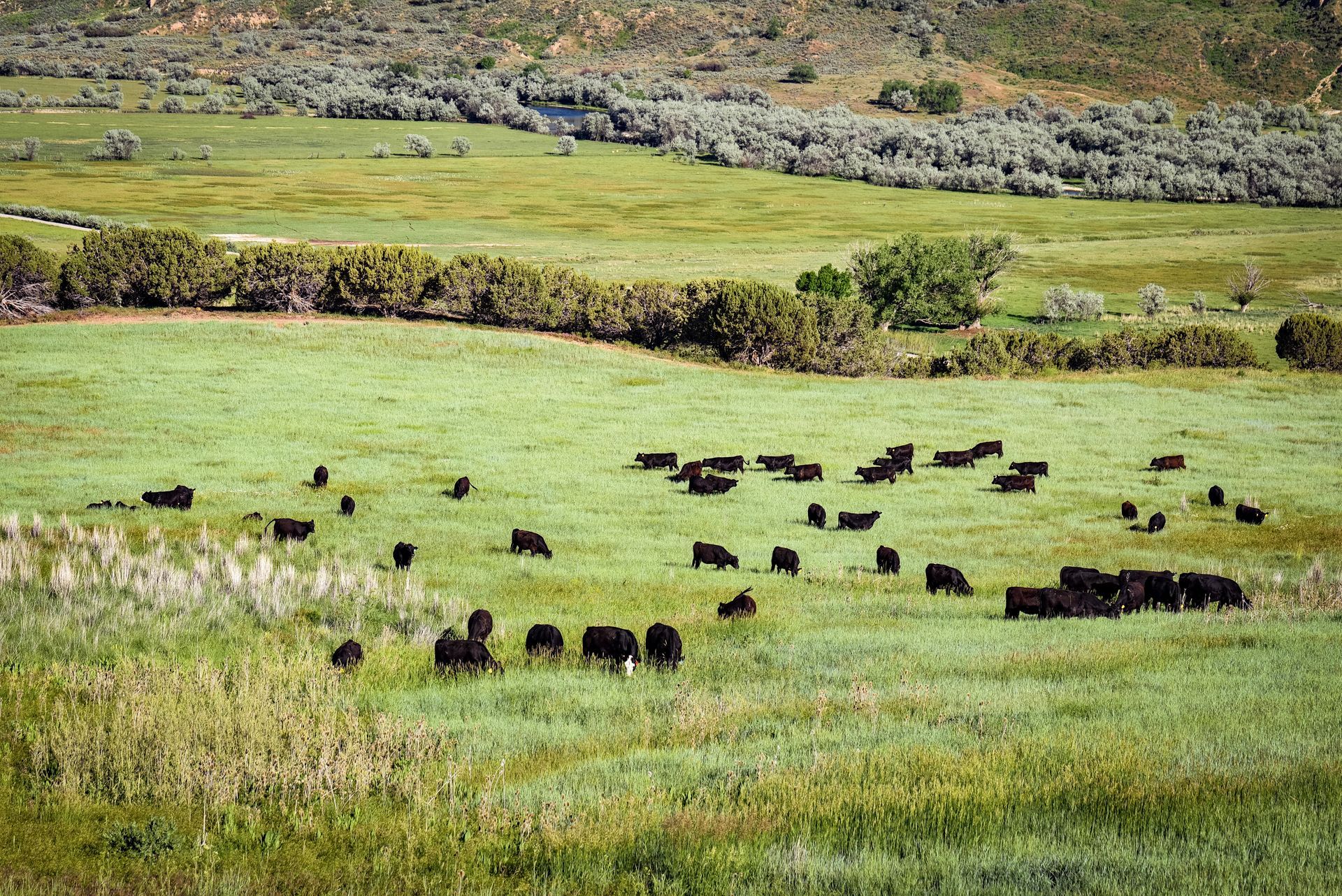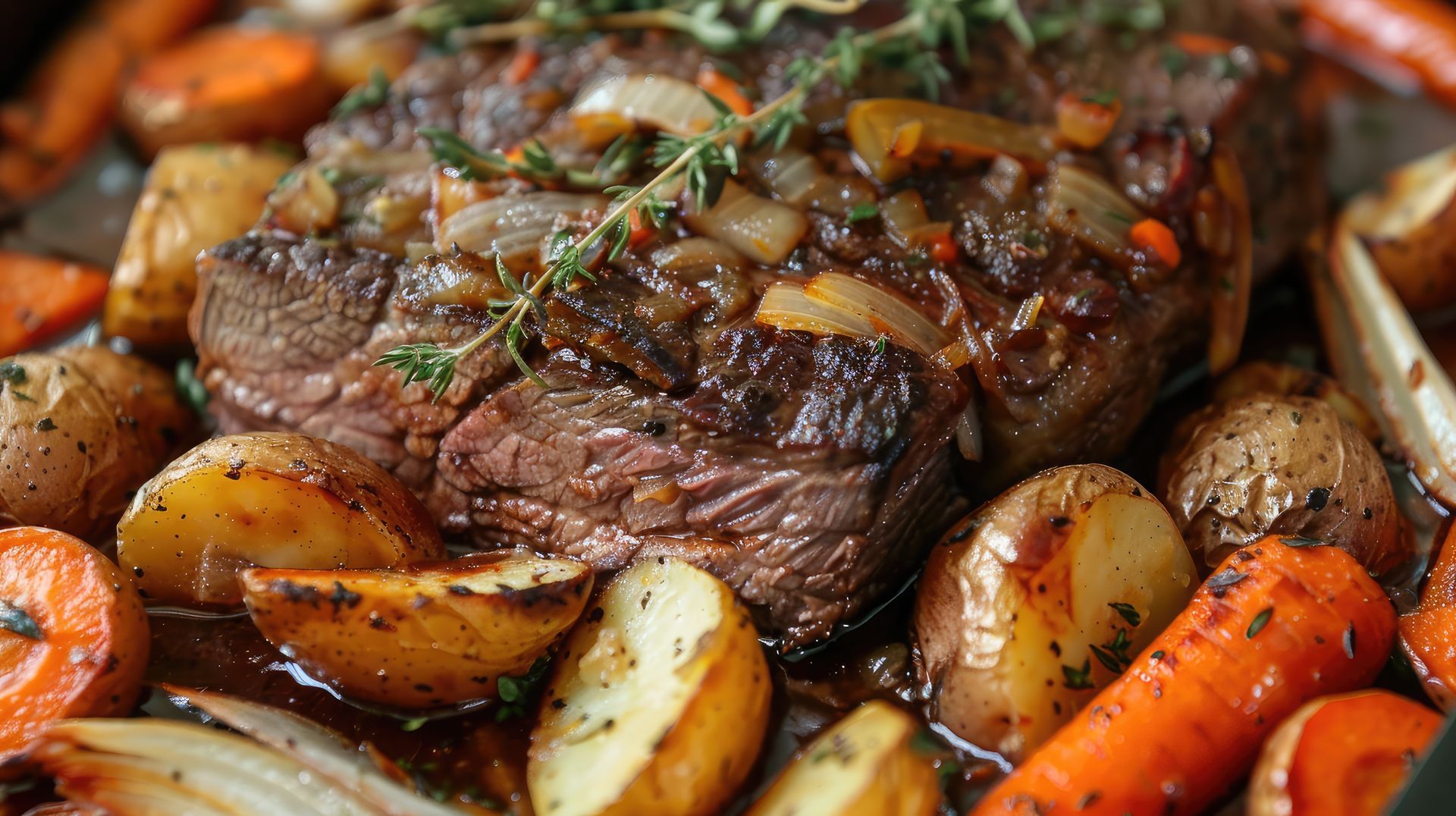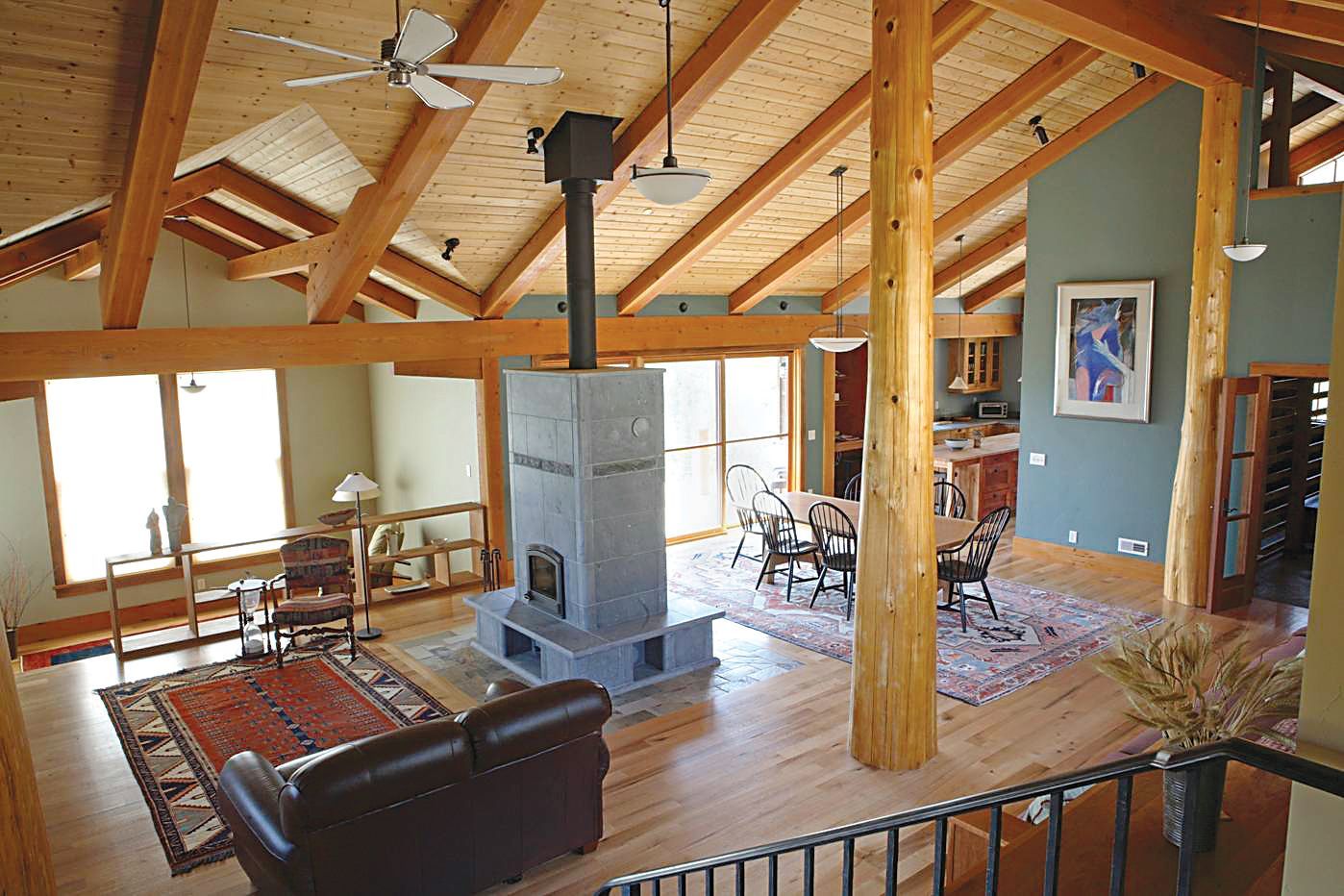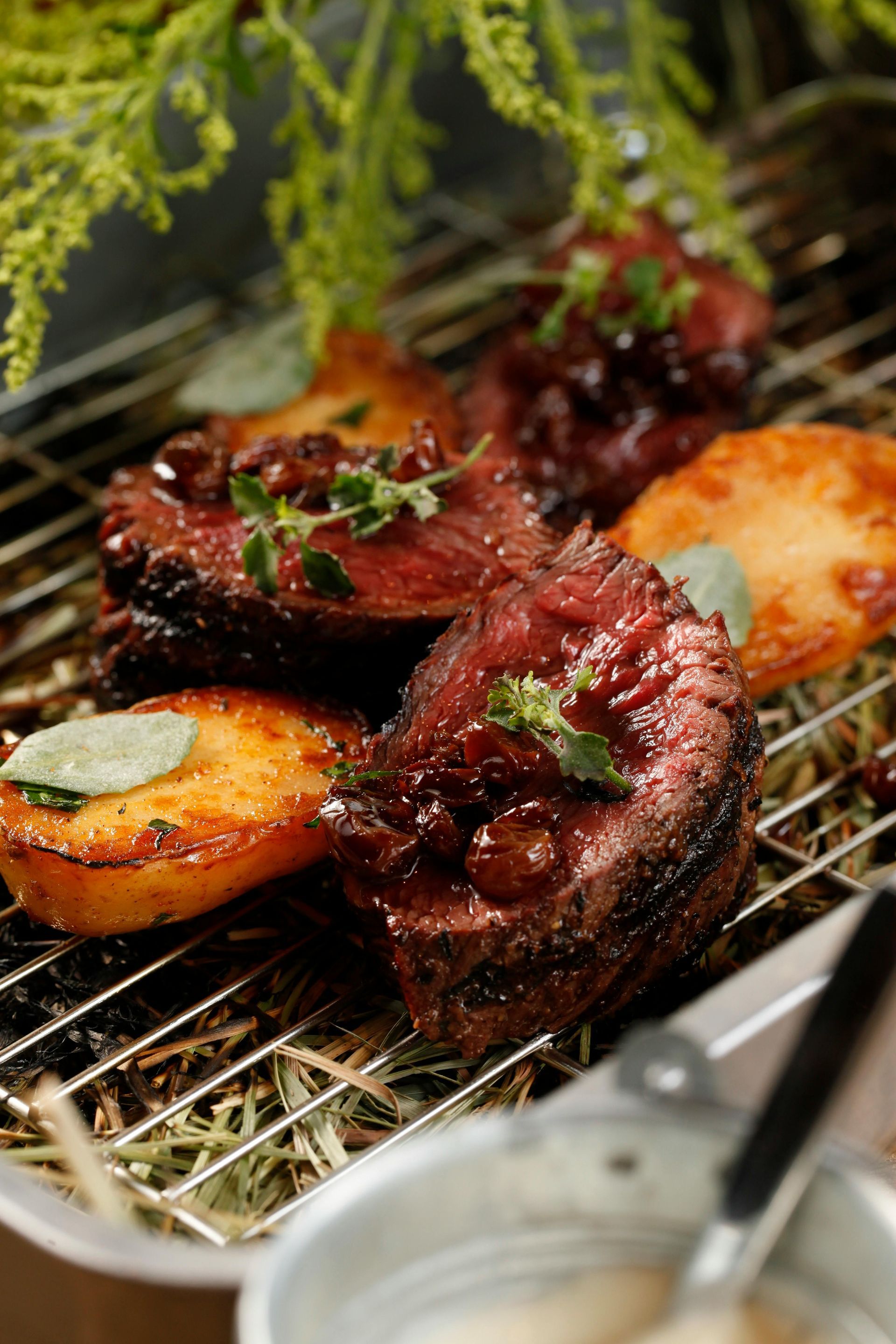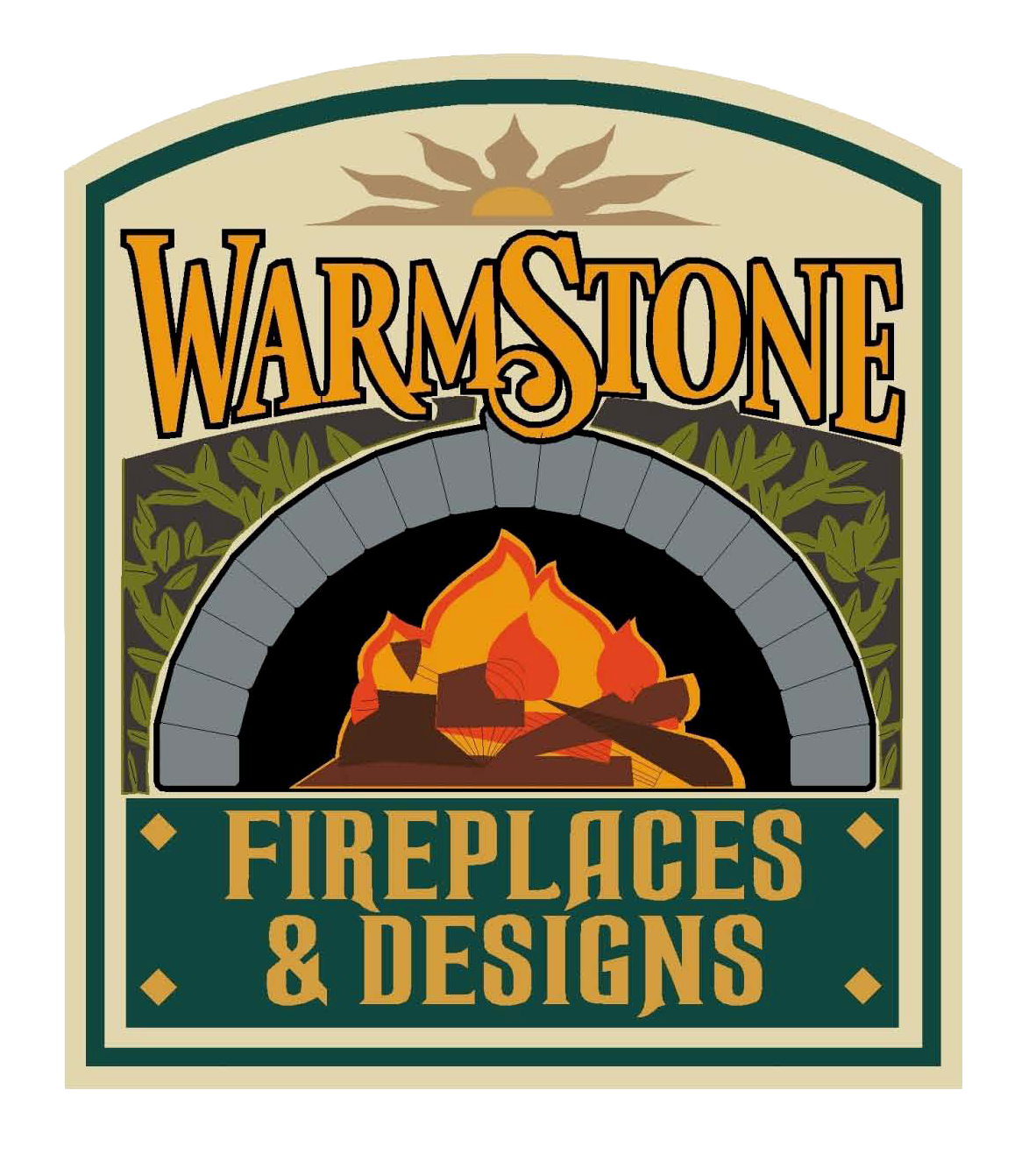A bone chilling day that brought two lovers of geography and Yellowstone National Park to appreciate the bone warming comfort of one of natures geological wonders—soapstone. Where wood burning and environmental thoughtfulness work hand in glove to warm the spirit.
customer spotlight
A Bone Chilling Day in Paradise
Judy Meyer and her husband Bob Pavlowsky didn’t plan to install a fireplace. But a chilling experience changed their feelings about wood-burning heat. During Thanksgiving break in 2020, the couple flew to Bozeman, Montana from their Springfield, Missouri home. They quickly drove to their forty acres on Wineglass Mountain, south of Livingston, Montana, to meet with their building contractor. It was snowing and the ground was covered with snow. In their haste, they had forgotten to retrieve more suitable footwear from their luggage. They were wearing tennis shoes, which of course, didn’t keep their warm and dry.
Judy and Bob were building an environmentally friendly home at 5400-foot elevation, using structurally insulated panels for the walls, triple-pane solar-passive windows, and bamboo flooring. They designed their roof line to withstand the winds that were legendary in the Livingston area—winds that descend from Yellowstone National Park’s 8,000-foot volcanic plateau, funneling down Paradise Valley and blasting full-force as the valley widens and the Yellowstone River turns sharply east. There was no room in their green home for an inefficient wood-burning fireplace, consuming wood all day and producing copious amounts of messy ash. Their home would be heated by clean electricity; solar panels would reduce their summer electricity bills.
Judy remembers the “bone-marrow cold and wet” of that November 2020 day, but then broadly smiles, remembering the comfortable warmth that welcomed them when they returned to Bozeman. Their longtime Yellowstone friends Bonnie Sachatello-Sawyer and Joe Sawyer had installed a large Tulikivi masonry stove with a bake oven several years prior. It pulled the chill from Judy and Bob’s bones that evening. The next day, they drove to Warmstone Fireplaces and Designs in Livingston and talked to Ron Pihl about purchasing a Tulikivi. Judy remembers touching every stove in the showroom that day.
“They designed their roof line to withstand the winds that were legendary in the Livingston area—winds that descend from Yellowstone National Park’s 8,000-foot volcanic plateau, funneling down Paradise Valley and blasting full-force as the valley widens and the Yellowstone River turns sharply east.”
Tulikivi KTU1337T/91
Judy and Bob’s extreme encounter with Mother Nature juxtaposed with lovely Tulikivi warmth changed their minds about fireplaces. They learned that not only are soapstone fireplaces extremely efficient, burning very little wood compared to traditional fireplaces, but their heat is healthy—radiant, not convection heat.
The couple purchased a Tulikivi KTU1337T/91, a beautiful corner model with a panorama glass door. Its 91% efficiency made Judy and Bob very comfortable with its performance. To support its nearly 3,500-pound weight, steel beams were added to the crawl space during the construction of their home in August 2023. An under-the-deck air duct delivers fresh air directly to the firebox so that it doesn’t pull air from the home’s interior.
Judy appreciates that their home is heated by the Tulikivi’s mass and not burning logs. Every morning when it’s cold outside, they light a fire, feeding it for about one-half hour. The fire burns for two or three hours before it goes out completely. The next morning, it’s still toasty and warm, perhaps inviting a stint on the bench with a warm beverage.
The stove is 65” tall but Judy and Bob elected to extend the soapstone chimney to their two-story ceiling—an appealing addition that blends perfectly with their home’s soothing, grey palette. Judy grew up in a charcoal grey-sided 100-year-old farmhouse in Ohio, influencing the exterior and interior colors of their home. But their home is anything but monochromatic—strategic pops of color delight the eye.
Stunning Views in All Directions
And their end-of-the-road views are stunning: The Absaroka Range’s limestone and sedimentary rocks above the first canyon south of Livingston, the Crazy Mountains to the northeast, and Livingston, 1,200 feet below, are breathtaking. I enjoyed views from their deck on a rare windless day in early December. Inside, expansive windows access these views.
Bob and Judy’s Tulikivi heats about 1,000 square feet—the living and dining rooms, as well as the kitchen. The couple seemingly have an endless supply of firewood—about a quarter of their acreage is mature forest. But because the house also has an upper floor and two bedrooms down the hall, electricity is still the home’s main heat source.
“I love the people at Warmstone, they’re so knowledgeable and happy to share their wisdom. Everybody is friendly and they listen to what we need.” With one word, Judy described the feeling of enjoying a Tulikivi: gemütlich. It’s a German word meaning comfortable, calm, and cozy. I think she defined it perfectly.”
Geography—A Lifelong Passion
Judy’s history in the area began in 1980 when she was hired in Yellowstone National Park as a step-on guide for TWA Services, a park concessioner, because she spoke German. (There were a lot of German-speaking tourists in the park.) Judy worked six seasons in the park while attending graduate school at University of North Caroline-Chapel Hill and at University of Wisconsin-Madison.
The igneous rock of the park made her feel at home. Blending her love for the park and her study of historical geography, she explored the depth of America’s connection to the park in her book, The Spirit of Yellowstone: The Cultural Evolution of a National Park, published in 1996.
Judy met Bob while working toward her PhD in Geography at the University of Wisconsin-Madison. They married and had three children: Carrie, and twins Aaron and Johanna. They took summer road trips to Yellowstone when their children were young, renewing their love for the area and dreaming of returning to build a home on Wineglass Mountain. (Carrie and Aaron also worked in the park for a few years.)
Bob and Judy recently retired from 30-year careers as geography professors. Now, they are surrounded by quiet beauty not far from the culture and geography of the park. A lot of their friends who once worked for the park also live in the Greater Yellowstone Ecosystem.
Judy and Bob plan to purchase a soapstone sink from Warmstone Fireplaces and Designs in the near future. They love the look and feel of the stone and believe that replacing their entryway sink with soapstone will help tie that area to their living room. I think it’s partly because they look forward to working with the team at Warmstone again.
Judy remarked, “I love the people at Warmstone, they’re so knowledgeable and happy to share their wisdom. Everybody is friendly and they listen to what we need.” With one word, Judy described the feeling of enjoying a Tulikivi: gemütlich. It’s a German word meaning comfortable, calm, and cozy. I think she defined it perfectly
Karen Reinhart has published books and articles about the natural and cultural history of Yellowstone National Park and the surrounding area since 1999. She has written articles for Warmstone Fireplaces and Designs since 2001.
